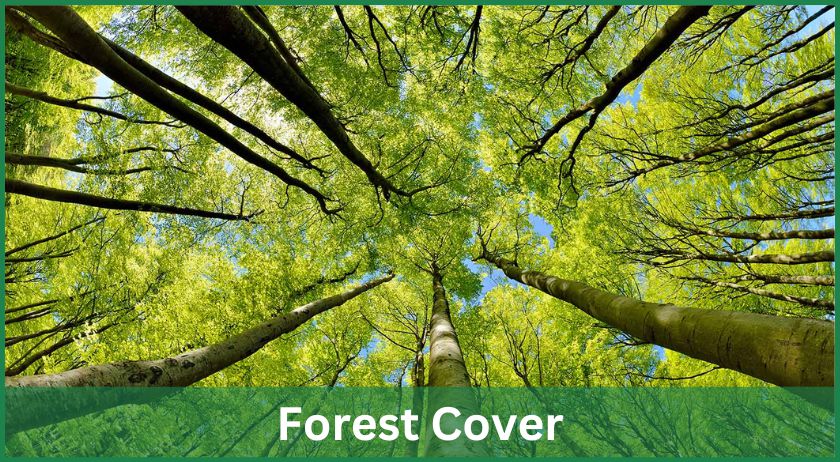How Forests Helps in Achieving SDG Goals
Forests cover 31 percent of the world's land surface storing approximately three hundred gigatonnes of carbon in the form of biomass. Forests are home to the majority of the world's terrestrial biodiversity. In India, the total forest cover is currently 7,13,789 square kilometres which is 21.71% of the total geographical area of the country.
Forests play a crucial role in mitigating air and water pollution through carbon sequestration, air filtration, and water purification.
Forests absorb and store carbon dioxide (CO2) via photosynthesis. This helps mitigate the impact of greenhouse gas emissions. On average, a hectare of mature forest may absorb several tons of CO2 annually. The positive contribution of forests needs to be viewed in the light of the following data:
- The global carbon dioxide emissions were estimated to be around 36 billion metric tons in 2022.
- The global average CO2 concentration in the atmosphere stands at 420 parts per million which is 50% more compared to the levels observed in the 1750s.
- Average global temperatures have increased by about 1 degree Celsius since late 1800s.
- At the current rate, the increase in temperature is expected to hit 1.5 degrees Celsius around 2050.
- This warming is likely to result in natural calamities including drought, famine and widespread extinction of species.
The role of forests is not just limited to CO2 absorption and storage. The canopy and vegetation of forests can trap and filter out particulate matter, helping improve air quality.
Forests also serve as natural filters for rainwater thereby preventing soil erosion and filtering out pollutants before the water reaches rivers and streams. Trees and vegetation absorb nutrients from the soil, reducing the risk of nutrient runoff into water bodies.
Forests support diverse ecosystems(biodiversity), and the health of these ecosystems contributes to overall environmental sustainability.
The Sustainable Development Goals (SDGs) are a set of 17 global goals established by the United Nations to address a range of pressing social, economic, and environmental challenges faced by mankind.
In particular, SDG goals 13 and 15 draw our attention to saving and conserving forests.
- SDG Goal 13 deals with taking urgent action to combat climate change and its impacts.
- SDG Goal 15 makes a call to protect, restore and promote sustainable use of terrestrial ecosystems, sustainably manage forests, combat desertification, and halt and reverse land degradation and biodiversity loss.
On a personal and societal scale, we can contribute to these goals by protecting and nurturing our forests and educating others about their importance in our lives.
Written By Mr. Prateek Khanna





